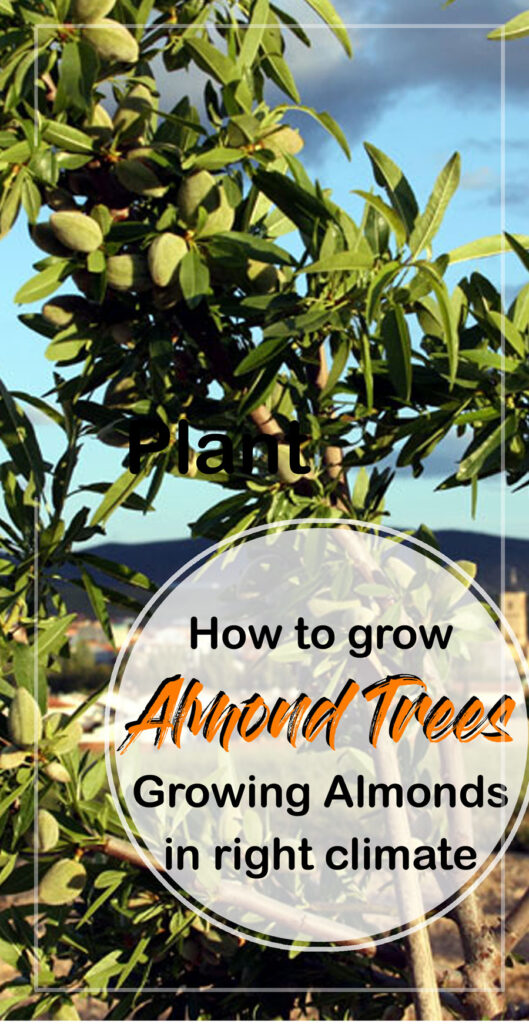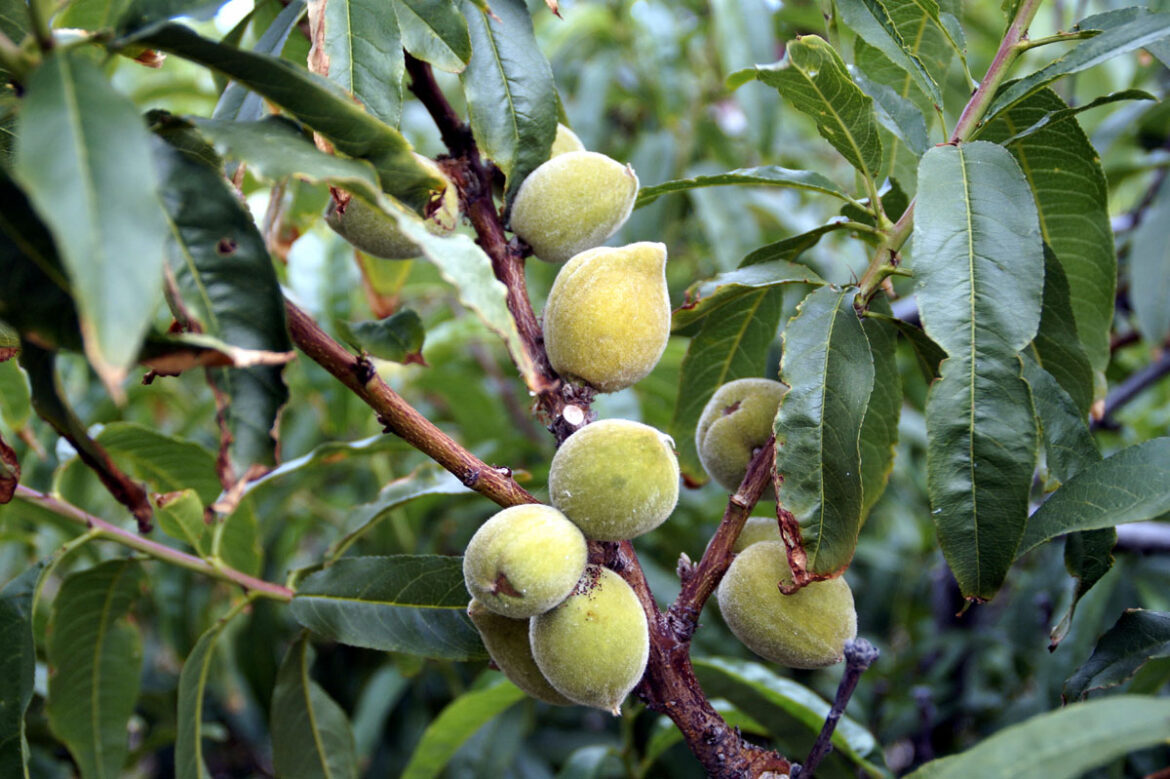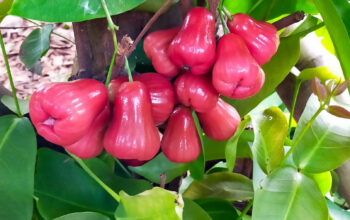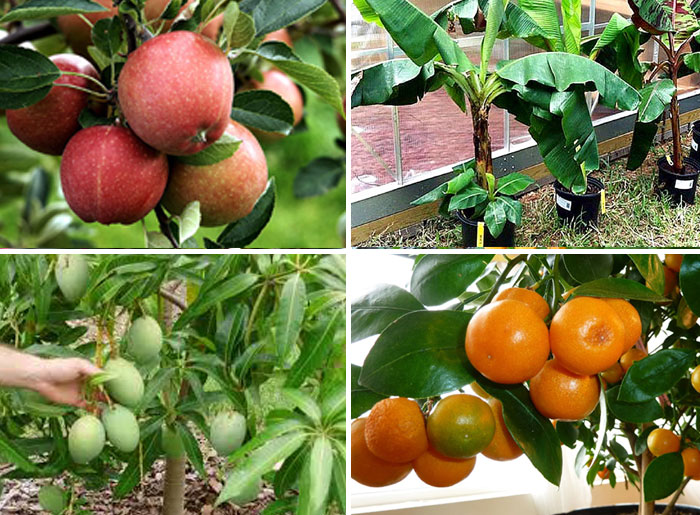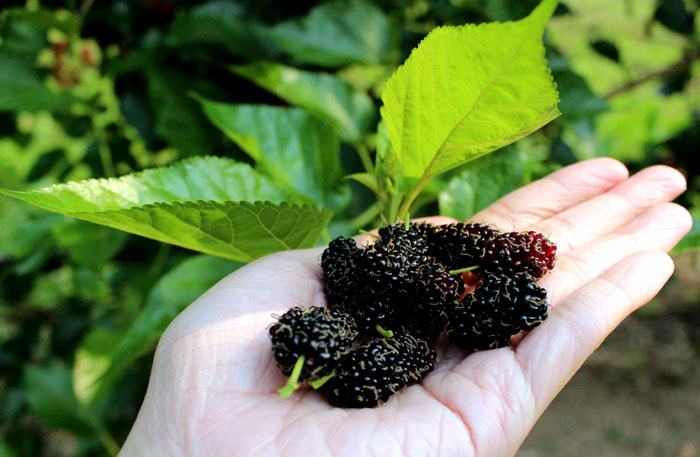Almond trees (Prunus dulcis)
Middle Eastern countries are the native lands of almond trees (Badam). Peach trees and almond trees are both members of the same genus. A stone fruit named a drupe, almonds are technically regarded as nuts, but they’re technically stone fruits. It consists of a dense shell wrapping a seed on the exterior and a hull on the inside. In addition to peaches, cherries, and olives, drupes are also typically found. Unlike other drupes, almonds have only one edible part: the seed. Other drupes typically dump the seeds, but almonds do not.
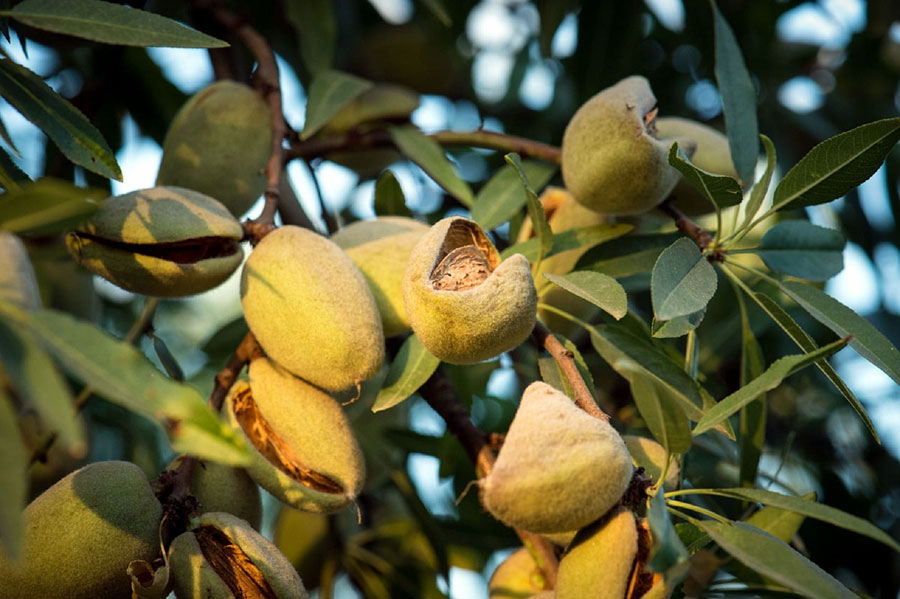
It is manageable to prepare a wide variety of dishes with almonds, both culinary and nutritionally. Besides being tasty on their own, almonds are useful for producing almond milk, almond butter, and almond flour.
Over view Almond trees
Scientific name Prunus dulcis
Common name Badam, Indian Almond tree, country almond, almond
Plant type Fruit trees
Sun required Full Sun
Soil Well- drained soils.
Soil PH 6.0-7.0
Blooming time February-March
Zone 7-9
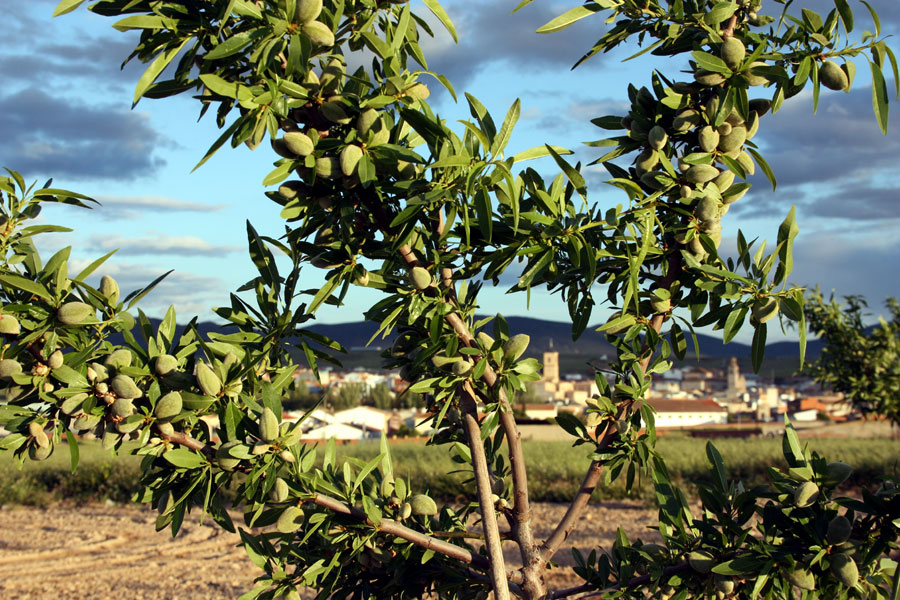
Growing from Seeds
A dozen almonds should be put in a container refilled with tap water. Once saturated, drain them after eight hours. The almond shell should be partially cracked, revealing the nut inside. It is not essential to remove the shell. You can hold the nuts moist by lining the container with damp paper towels or sphagnum moss and wrapping it with plastic wrap. The nuts should be preserved in the refrigerator for at least two to three months, making sure they are moist each week. The stratification process is responsible for this.
Stratify the seeds and supply a container with potting soil after stratifying. The seeds should be planted roughly an inch (2.5 cm) deep in the soil. Put the container in a warm, bright location and water the seeds. As soon as the plants reach 18 inches (46 cm) high, transplant them.
Watering
In terms of water consumption, these nuts are among the most water-intensive crops. Approximately 4 inches (10 cm) of water is needed every two weeks for almond trees. A water shortage makes it difficult to grow almonds because they demand so much water. If the water supply is cut off even scarcely, almond trees can quickly break off. It is recommended that almond growers avoid growing the trees in places susceptible to drought or water shortages.
You should wait 10 to 14 days after watering before watering likewise. As soon as the soil is dry and cracking emerges on your almond tree, it is time to give it additional water.
Sunlight
Cultivate your bitter or sweet almond trees where they will obtain the maximum amount of direct sunlight. It is important that almond trees require full sun. In order to grow adequately, they must receive at least 6 hours of sunlight every day, but ideally they should get at least 8 hours or more.
Soil
The almond tree grows well in a broad range of soil types, from sandy loam to sandy clay, but is considerably productive in well-drained, fertile, deep and light soils. The almond tree is drought-resistant and can thrive in dry soils for many years, but under such conditions, its production is drastically reduced.
It is recommended to stay away from heavy or poorly depleted soils. Its cultivation demands a soil pH between 5.5 – 8.5.
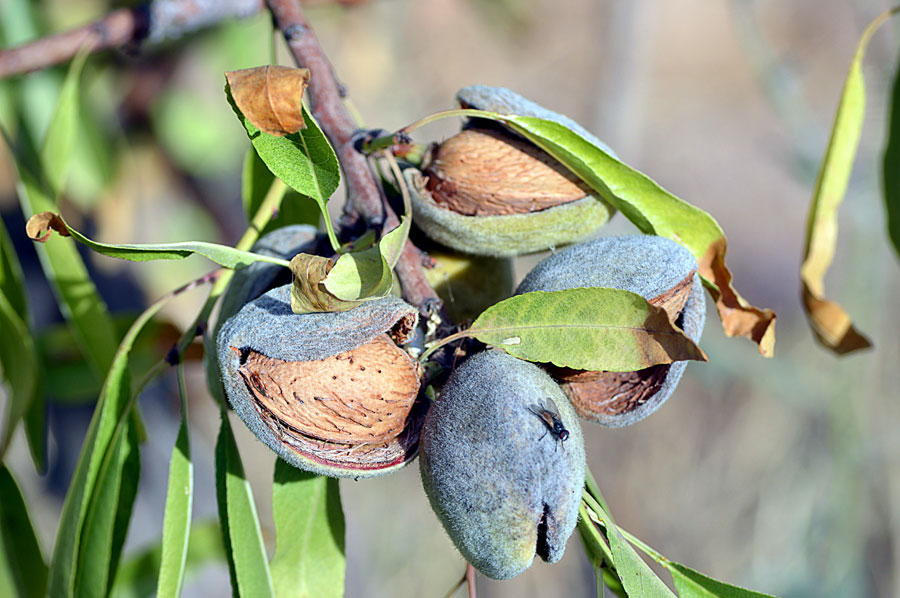
Climate and Temperature
It flourishes in Mediterranean climates and is native to the Middle East. During the summer, they require a warm, dry climate with abundance of sunshine. California is the foremost producer of almonds in the United States because it aids from a rainy winter, but they are extremely sensitive to frost. In addition to Texas, Arizona, and Florida, there are other prevalent locations for almond trees.
Fertilizing
The blossoming of young almond trees demands a continuous supply of nitrogen (N). It is essential to use fertilizer regularly throughout the growing season. The majority of the nitrogen necessity for mature almonds is fulfilled in early spring, so an application in spring is required, and a later application in September is recommended for next year’s early growth.
It is recommended to fertilize your plant twice a year, in the spring before fresh growth emerges and in the early fall. A 10-10-10 fertilizer application should be made every spring with a maximum of 10 cups per year of tree age. When applying calcium nitrate in the fall, use 1 cup of calcium nitrate per tree year of age, up to a maximum of 4 cups.
Read also:
How to grow Peace lily plant. How to grow organic cucumber at home. 10 root vegetables easy to grow. Bay leaf plant growing guide. Grapefruit tree growing and care tips. Boston fern growing guide. Growing Cinneraria flower plant. Spring Onions growing tips
For pin
